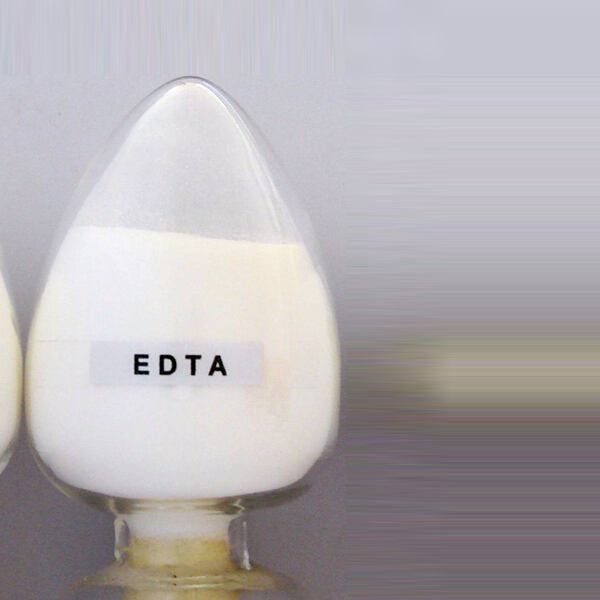
News
Agu . 22, 2024 02:31 Back to list
Benefits of Chelated Zinc Fertilizers for Enhanced Crop Growth and Nutrient Uptake
Chelated Zinc-Based Fertilizer An Essential for Modern Agriculture
In the realm of agriculture, the quest for optimal crop yield and quality is a persistent challenge. Among the various nutrients essential for plant growth, zinc plays a crucial role. However, zinc availability in the soil can be limited due to its tendency to bind with other soil components, making it less accessible to plants. This is where chelated zinc-based fertilizers come into play, offering an innovative solution to enhance zinc uptake and improve agricultural productivity.
What is Chelated Zinc?
Chelated zinc refers to zinc that has been bonded with a chelating agent, a compound that forms a stable complex with zinc ions. This complex not only protects zinc from being rendered unavailable in the soil due to interaction with other elements but also facilitates its absorption by plant roots. Common chelating agents include ethylene diamine tetraacetic acid (EDTA), diethylenetriaminepentaacetic acid (DTPA), and lignosulfonates. These agents enhance the solubility of zinc in various pH conditions, making it more accessible to plants.
The Importance of Zinc in Agriculture
Zinc is an essential micronutrient vital for numerous plant functions, including enzyme activity, protein synthesis, and hormone production. It plays a significant role in chlorophyll formation and is crucial for the proper functioning of many physiological processes. A deficiency in zinc can lead to stunted growth, leaf chlorosis, and reduced crop quality and yield. Thus, ensuring adequate zinc levels in the soil is paramount for successful farming.
Benefits of Chelated Zinc-Based Fertilizer
1. Improved Nutrient Availability Chelated zinc fertilizers provide enhanced availability of zinc to plants, especially in soils with high pH levels where zinc is often bound and unavailable. This ensures that crops receive the necessary nutrient at critical growth stages.
chelated zinc based fertilizer

2. Higher Crop Yields By addressing zinc deficiency, chelated zinc fertilizers can significantly increase crop yields. Studies have shown that applying chelated zinc can lead to improved fruit and seed quality, resulting in better marketable produce.
3. Reduced Soil Fixation The chelation process reduces the fixation of zinc in the soil, allowing for more effective application and long-term nutrient availability. This means farmers can achieve better results with lower application rates, leading to cost savings and reduced environmental impact.
4. Compatibility with Other Fertilizers Chelated zinc can be conveniently mixed with other fertilizers, allowing for more efficient nutrient management. This flexibility enables farmers to customize their fertilization programs according to specific crop needs.
5. Improved Soil Health Proper zinc application not only benefits crops but also contributes to overall soil health. Healthy plants can better contribute to soil organic matter, promoting a sustainable agricultural ecosystem.
Application Methods
Chelated zinc-based fertilizers can be applied through various methods including soil application, foliar spraying, and fertigation. The choice of application often depends on the crop type, existing soil nutrient status, and environmental conditions. Foliar spraying, in particular, is an effective method for delivering zinc directly to the plant and can result in rapid improvements in plant health.
Conclusion
As agriculture moves towards more sustainable practices, the importance of micronutrients like zinc cannot be overstated. Chelated zinc-based fertilizers offer a practical and effective solution to overcome zinc deficiency and improve crop productivity. By investing in these innovative fertilizers, farmers can not only enhance their yields but also contribute to a more sustainable food production system. As research and technology continue to evolve, the role of chelated zinc in agriculture is poised to become even more significant, ensuring that the global food demand can be met in a responsible and efficient manner.
-
Polyaspartic Acid Salts in Agricultural Fertilizers: A Sustainable Solution
NewsJul.21,2025
-
OEM Chelating Agent Preservative Supplier & Manufacturer High-Quality Customized Solutions
NewsJul.08,2025
-
OEM Potassium Chelating Agent Manufacturer - Custom Potassium Oxalate & Citrate Solutions
NewsJul.08,2025
-
OEM Pentasodium DTPA Chelating Agent Supplier & Manufacturer High Purity & Cost-Effective Solutions
NewsJul.08,2025
-
High-Efficiency Chelated Trace Elements Fertilizer Bulk Supplier & Manufacturer Quotes
NewsJul.07,2025
-
High Quality K Formation for a Chelating Agent – Reliable Manufacturer & Supplier
NewsJul.07,2025
